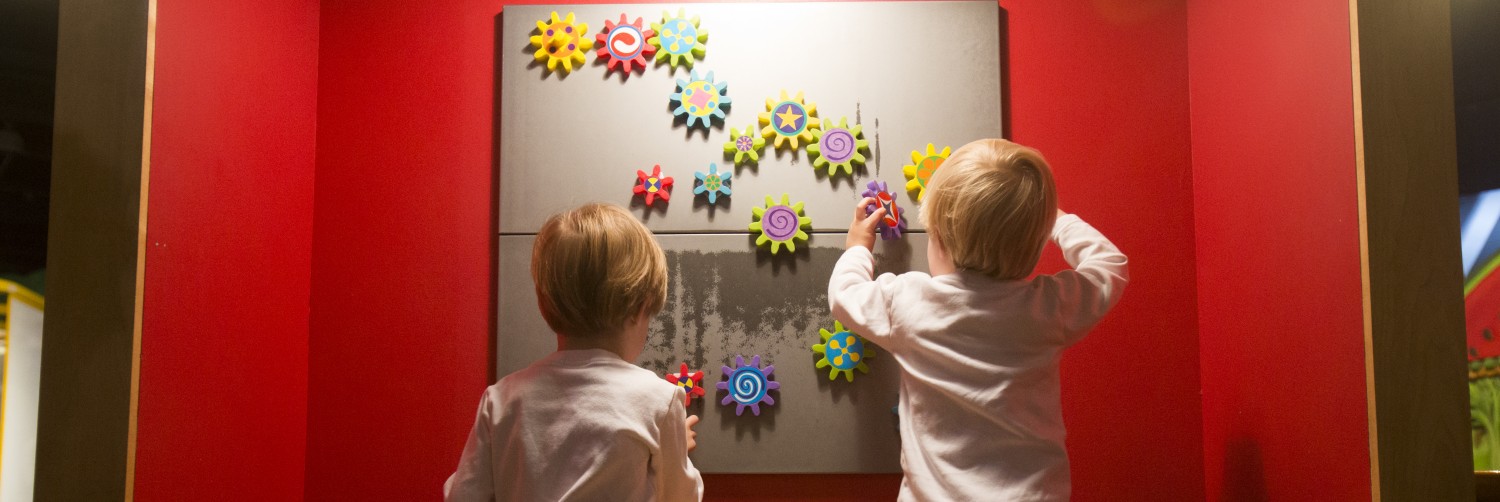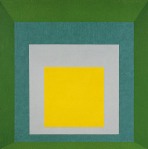The cold weather is coming! Actually, this being Georgia, the cold weather already came, went away for a bit, rained some, got hot, got cold, and warmed up, but we’re pretty sure that it’s back. Anyway, we were looking ahead to some chilly evenings curled up on the couch under a big comfy blanket reading to our little ones, which is always incredibly fun, and wondered what great books our Museum staff would suggest for occasions like this. So we put out the call and got some terrific recommendations back. Why not visit your local library or bookstore – we adore Little Shop of Stories in Decatur – and check out some of these great books?
Alexandra Cleveland, our Party Lead, recommends:
My favorite children’s book is Where The Wild Things Are by Maurice Sendak. Not only are the illustrations beautiful and iconic, but it also has a great underlying message. On the surface, the book is a great adventure of an wild boy trying to escape for his frustrations with his mother. When looked into further, the book is actually a great message to children about recognizing and dealing with emotions. As the trees and the forest begin to grow in Max’s room, it shows his growing anger of being sent to his room without dinner. The “Wild Things” and their “gnashing” display his fury that reaches a peak when he is crowned King of the “Wild Things.” At this point, Max realizes that he needs to return to home, suggesting that his anger has separated him from the one who loves him best: his mother. Whether you are good or bad, your parents will love you regardless. Max realizes this when he returns to a surprise bowl of hot soup, knowing his mother wouldn’t let him go to sleep without dinner. She still loves him no matter what.
Monica Dorsey, our Outreach Communication Coordinator, recommends:
I loved Corduroy by Don Freeman because as a young black girl, it was the first book that I read where I could see myself. I also connected with the main character, Lisa, because I loved teddy bears big and little. The book was told from the point of view of the teddy bear, which was different. The story touched my heart because he was neglected and “broken,” but she still found the beauty in him, repaired him and kept him for her own.
Jane Turner, our Executive Director, recommends:
I actually did not read James and the Giant Peach, written by Roald Dahl and illustrated by Quentin Blake, until I had children of my own. It was the first of all of the books by Roald Dahl that I read and we all (my children and me) loved the story. I loved that James was the lovable underdog who managed to escape the clutches of two nasty, self-centered aunts and in doing so encountered a fantastic and magical world within a giant peach and with giant insect characters as friends. I loved that he prevailed through impossible (but somehow believable) challenges. I think that this book should be on every child’s bookshelf because Roald Dahl makes the unbelievable believable and in his story the young and helpless child ends up finding his strength and prevailing. It is a modern version of an old-fashioned fairy tale!
Gregg Van Laningham, Professor Labcoat, recommends:
The book I chose, The Phantom Tollbooth, written by Norton Juster and illustrated by Jules Feiffer, is a chapter book for older kids (the suggested age range is 8-12), but I read it when I was 7-almost-8. I firmly believe it should be on every child’s bookshelf, patiently waiting for the day they decide to pick it up. The book is about the journey of a young boy, Milo, through a magical, allegorical land of wordplay, mathematics, and philosophy. It is Oh, The Places You’ll Go! on steroids. Milo’s adventures begin unexpectedly, and he often finds himself confused by what he encounters, but he perseveres and is rewarded for doing so. My experience as a 7-year-old reader closely mirrored his in these respects. There are not many books that I like to re-read, but I find myself revisiting this one every few years. I get a chance to see the world that I built in my mind over two decades ago, I understand the jokes that I missed the first few times through, and I feel closer to my third grade self. I realize now that, as a child, I unwittingly learned valuable lessons about myself, other people, and the world at large from this book. It’s a good read for anybody, and perfect for precocious kids who claim that they’re bored all the time.
We’ll see if we can’t get some more great book ideas from our staff to share with you again in a follow-up post soon. In the meantime, we would love to hear from you! What children’s books are your family’s favorites?
For more info on our literacy outreach program, Connected Learning, Connected Communities, click here.








 There will be children’s parades both Saturday and Sunday, and stages with both performances and readings. For example, on Saturday afternoon, Tom Angleberger will be hosting a farewell to his popular and silly “Origami Yoda” stories – the final book of the series was published last month – and on Sunday at noon, the Center for Puppetry Arts and Serenbe Playhouse will be teaming up to present a 40-minute performance of The Wizard of Oz!
There will be children’s parades both Saturday and Sunday, and stages with both performances and readings. For example, on Saturday afternoon, Tom Angleberger will be hosting a farewell to his popular and silly “Origami Yoda” stories – the final book of the series was published last month – and on Sunday at noon, the Center for Puppetry Arts and Serenbe Playhouse will be teaming up to present a 40-minute performance of The Wizard of Oz!





